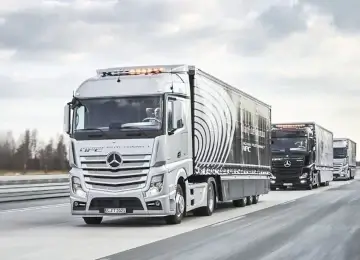Transportation, shipping from and to Asia, America and other countries
Cargo transportation to Asia is an excellent opportunity both for the sale of goods, but primarily for the import of goods to Moldova, Russia, the CIS countries, and Europe. It is well known how wide the range of goods supplied by Asian countries – Turkey, China, the countries of Central and Central Asia, Japan, etc., to our region and to the West.
Asia is the largest supplier of clothing, fruits, fabrics, consumer goods, manufactured goods, machinery, as well as liquid, combustible and other dangerous goods. In this light, the function of transport and forwarding companies is comparable to the artery that supports the ongoing trade between Asia and the rest of the world.
The first distinguishing feature of cargo transportation to Asian countries is, of course, the variety of destinations. In the case of transportation to European countries, everything is much simpler: the direction is divided geographically – into Eastern, Central or Western Europe, or according to the socio-political aspect: into the European Union and countries with less developed economies – primarily the Balkans.
With the Asian direction, everything is much more complicated and diverse. In view of the large geographical space occupied by this part of the world, the concept of the “cargo transportation in Asian countries” service simultaneously includes: transportation and delivery of cargo to Turkey, transportation to the Middle East, transportation and delivery of cargo to Uzbekistan, Tajikistan, Kazakhstan. Central Asia (which also refers to transportation within the CIS countries), transportation to China, transportation to the Far East, as well as delivery of goods from and to Japan and Southeast Asia.
Features of cargo transportation to Asian countries. It is obvious that for the entire Asian transport space there are no specific conditions for the transportation of goods, that is, almost every country has its own characteristics of customs procedures, transit through the country and other cross-border barriers.
Of course, one can single out a certain backwardness in the development of transport policy in Asian countries. For example, very few countries have adopted international transit agreements, even though some of them have good volumes of cargo flows and have a significant amount of transit potential. The main “transport” problems of Asian countries, in principle, as well as many CIS countries, which can definitely be attributed to states with economies in transition, lie in the frequently changing national rules for cargo transportation, in the absence of a clear, well-constructed transport policy for all types of transportation: by road, maritime, railway; as well as underdeveloped infrastructure.
The colossal transport potential of Asia will manifest itself in its maximum possibilities in the near future. China alone, the third country in the world in terms of trade, is an excellent indicator of the increase in cargo flows to Russia, the EU and the USA. Optimization of the organization of cargo transportation can be expected from the planned expansion of the international TIR system to China, Iran, India and other Asian countries, which will be a big plus for carriers and forwarding companies. At the moment, from the countries of Asia, the TIR agreement is applied only in Turkey, Israel, Iran, the CIS countries, and is also valid in Indonesia and South Korea.
-Transportation of goods, increase in trade turnover, attractiveness of the Asian market
Another indicator of active work in the transport market of freight transportation in Asia is the transport corridors developed by the countries of the European and Asian regions as the main trade routes, such as TRACECA and North-South.
TRACECA is the only project of the Eurasian transport corridor in the West-East direction from Europe, crossing the Black Sea, through the Caucasus and the Caspian Sea with access to Central Asia. Provides an opportunity for the countries participating in the project, which includes Moldova, to develop their transport and communication networks. The North-South corridor is an alternative project and a priority first of all for Russia, since it should connect the coast of the Baltic Sea with Iran, for subsequent access to Europe.
The fact that Asia is a very attractive market for transportation and for the sale of goods, and an indispensable supplier of many goods, only speaks in favor of working in this direction. As the conditions for the transportation of goods across Asian countries improve, demand and supply from cargo owners and transport companies will grow, respectively.
The territory of Asia is so large that it is often necessary to use all possible types of cargo transportation: by road, rail, sea, etc. For example, to transport goods from Turkey – the main exporter of clothing, fruits and other goods for Moldova, Ukraine, Russia, you can only get by . But from longer distances, other types of transportation cannot be dispensed with. To deliver cargo from China, it is convenient to organize rail transportation, from Japan – use multimodal transportation. Also from such remote countries, or for example, from YesEast, it will be convenient to use the service – transportation of groupage cargo, it will be economical, especially if the consignment is small.
In general, there is still a lot of work in Asia to develop a full-fledged transport network; it is necessary to develop new routes for transcontinental traffic between Asia and Europe. However, even in the current, not the most optimal conditions, it is possible and necessary to work, which our transport company has been doing for many years.





